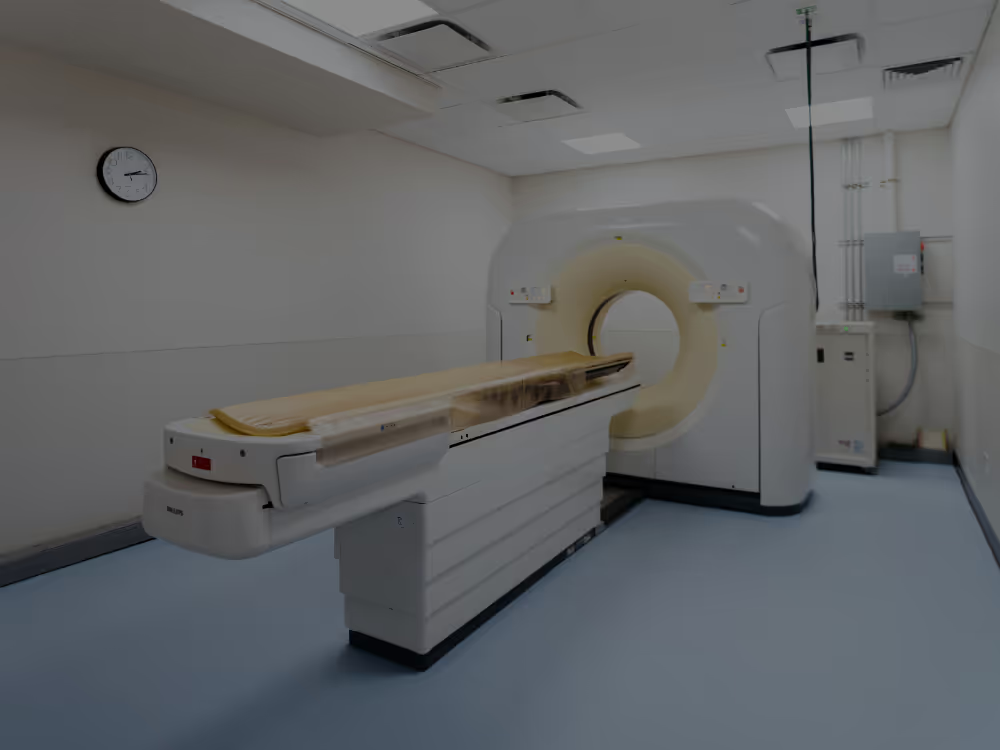Outpatient CT

How to Refer:
- Call us at 646.974.1506 or email info@hvsny.com to refer a patient. We are available Monday – Friday, 8AM-6PM.
- We will send you our referral form to provide us with patient info, history, and records. The referral form can also be accessed by clicking the button below.
- Our client care team will coordinate the CT scan directly with the pet’s owner.
- A board-certified radiologist will read the images, and the report will be sent to the referring veterinarian within 48 hours.
Delivering an Exceptional Experience
At HVS, our Outpatient CT Service is designed to provide a seamless experience for both our clients and referring veterinarians.
- CT and anesthesia protocols tailored to each patient’s case
- High quality images with our 128-slice CT machine
- Post-anesthesia recovery with our clinical team (LVTs and VTS on staff)
- Thorough radiologist reports delivered promptly to help guide your next steps
Frequently Asked Questions
CT reports will be interpreted and finalized by a board-certified radiologist and sent to the referring veterinarian within two business days.
If a same-day CT scan is needed, please contact us to check availability. Same-day CT scans are available on a case-by-case basis. If that day is not available, we typically are able to schedule a CT scan within one business day.
Please send all updated medical records, including recent bloodwork (CBC/chemistry). Bloodwork is valid for three months prior to the anesthetic event. A physical exam will be performed by a doctor at HVS on the morning of the procedure.
Drop-offs are scheduled at 7:30am on the morning of the CT scan. HVS will contact the owners directly to schedule the pet’s pick-up time. Pick-up times are generally in the afternoon the same day as their CT.
A higher-slice CT scanner produces faster scan times, which results in reduced sedation and anesthesia times for your patient. It also provides higher quality images.
- Orthopedic disease - thoracic or pelvic limb lameness
- Chronic ear infections
- Abdominal and/or thoracic masses
- Abdominal and/or thoracic metastatic screening
- Vascular anomalies (such as EHPSS)
